Affiliate links on Android Authority may earn us a commission. Learn more.
Left your phone in the cold? Here's how to fix it
April 6, 2024
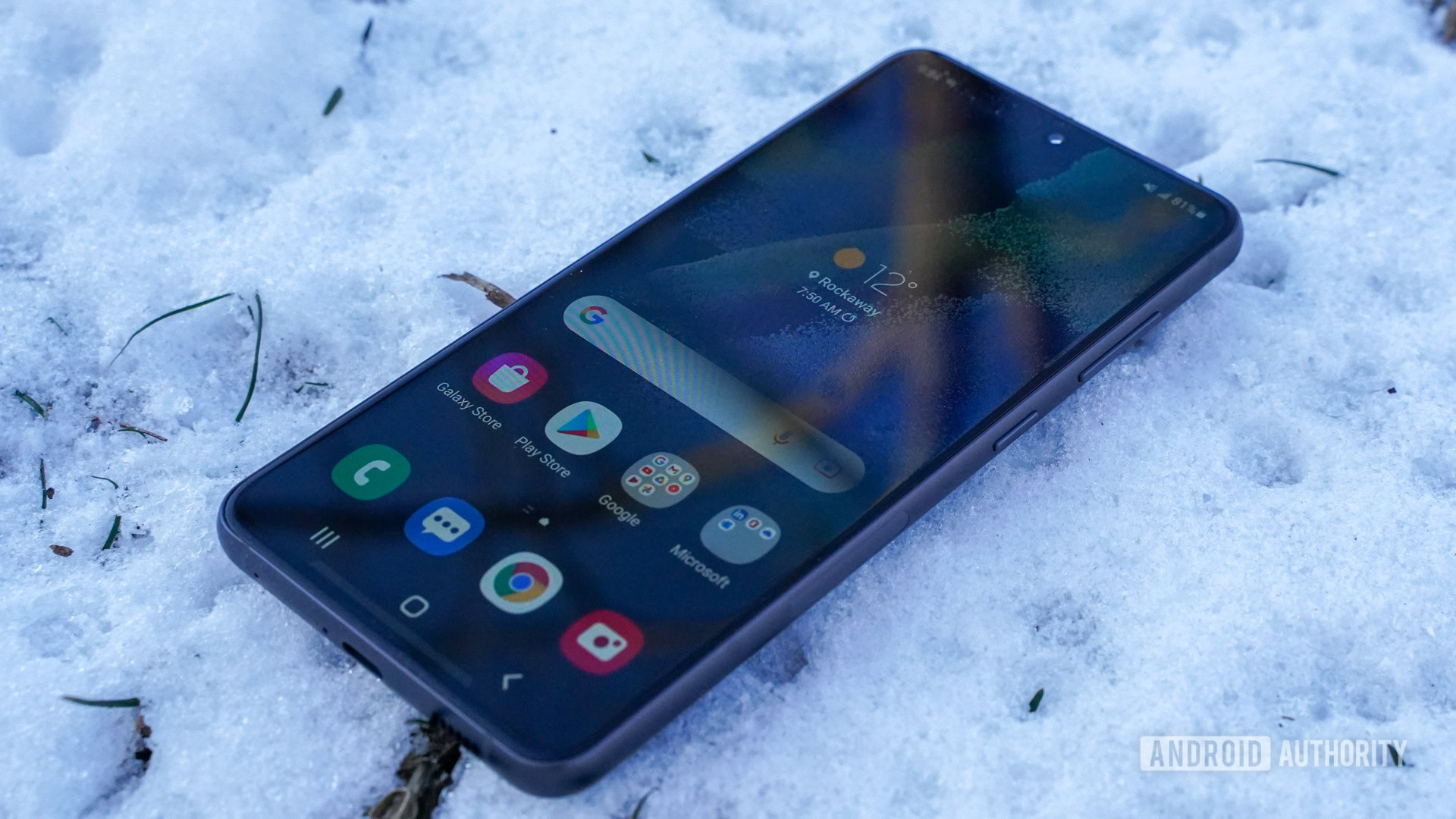
It’s happened to all of us: you accidentally left your smartphone in the car. Sometimes, you might rush back to get it, and other times, you might think, “Hey, I don’t need it now. I’ll get it when I’m back.”
Typically, a cold phone sitting in a vehicle for a few hours is not too big of a deal, but you should check your weather app when you think it’s too cold. If the temperature outside is below freezing, this could cause unexpected problems for your phone’s battery. The biggest problem is a quick drain — depending on how cold it is, a smartphone battery could go from fully charged to completely dead in minutes.
What’s worse is that it will be impossible to recharge the device right after that quick drain. But don’t worry! Your battery is probably OK, and your smartphone will most likely be OK. Read on for tips on what to do if you face these issues, and then continue reading further to learn why this happens. Also, keep in mind that the same principles apply to pretty much any device with a lithium-ion battery, including laptops, tablets, portable game systems, etc.
Don’t try to charge your cold phone
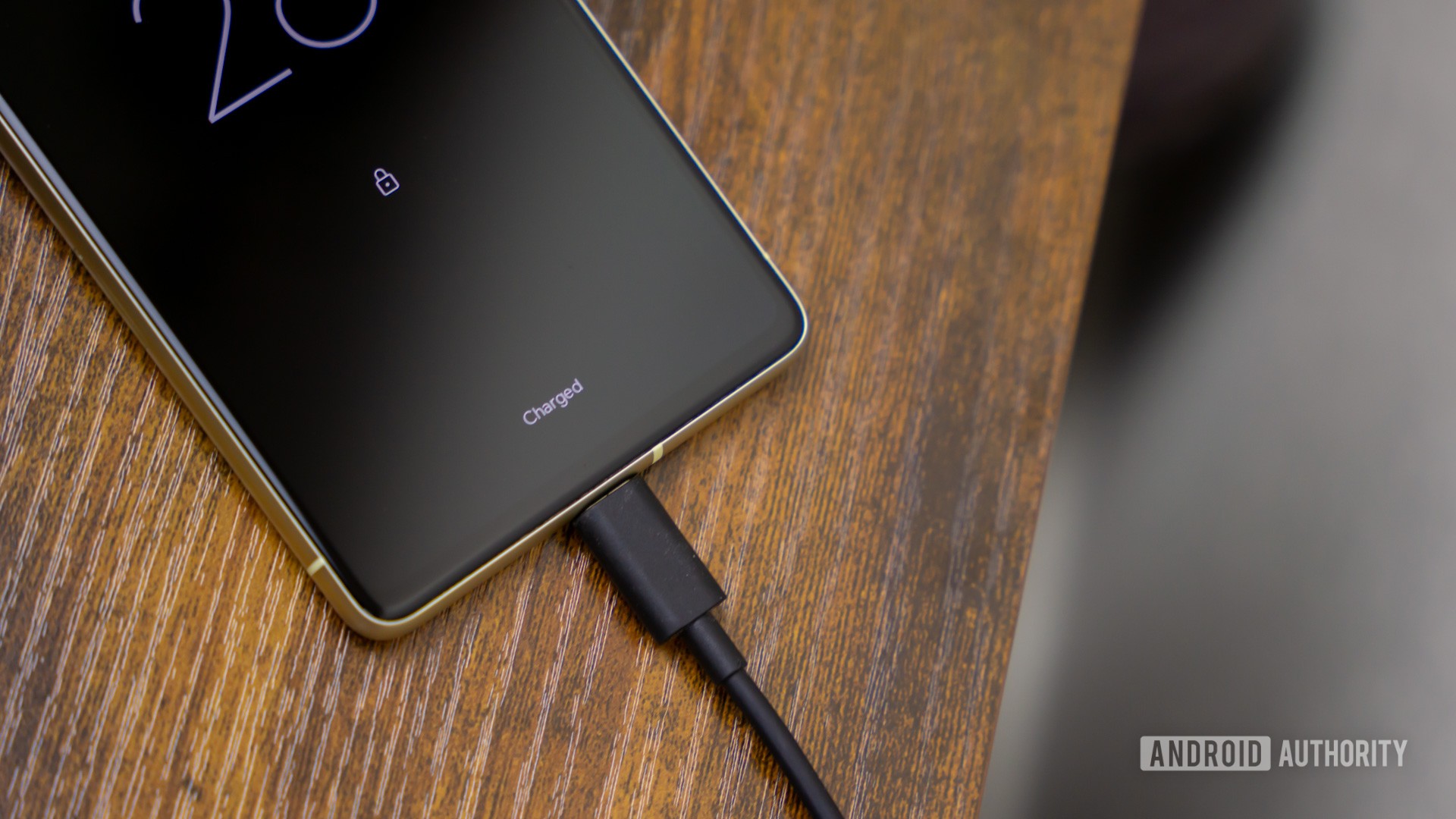
If your phone isn’t working or turning on, chances are you won’t be able to charge it either. This is because the battery’s capability to recharge may be affected by extremely cold temperatures. We’ll talk more about this later in the post.
For now, you’ll have to get it to normal temperatures before it starts working again. During this warming process, do not charge your cold phone. Just let it warm up on its own with no charging cable attached.
Try to keep the phone off for some time
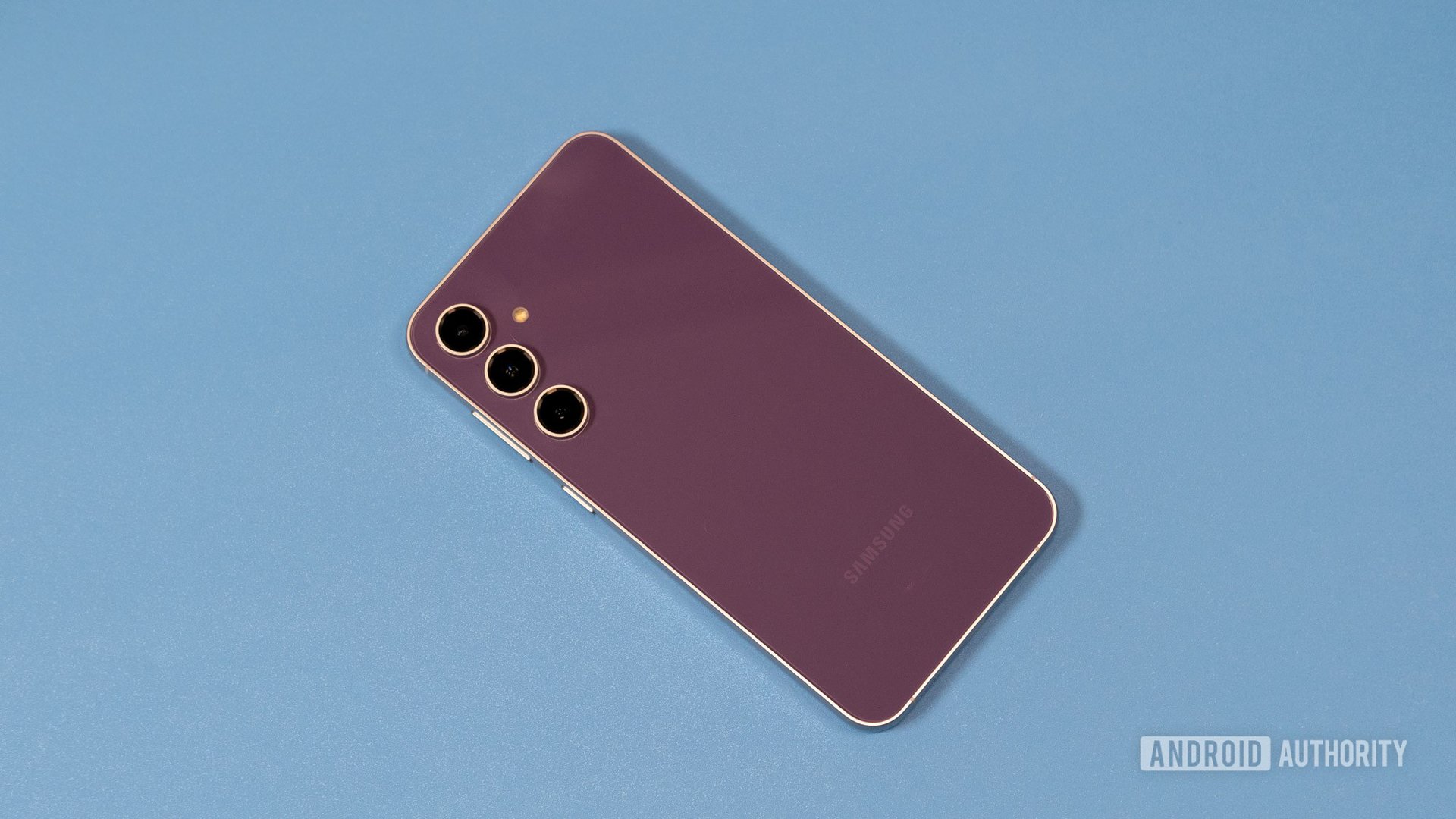
Condensation is another thing you should consider. This is especially the case if you leave your phone in a humid place. Some of that humidity might leak inside the phone in non-liquid form. Not only that, but an operating phone naturally warms up. Bringing the phone to normal temperatures will liquefy said humidity, and your phone might be prone to water damage.
If you dropped the phone in the snow and picked it up later, your best bet is not to take any chances and let the cold phone dry before you turn it on. You might even be able to see some moisture under the screen, or inside the ports. We have a list of tips for fixing water-damaged phones. Those steps will work while trying to dry your cold, wet phone.
Get the phone back to room temperature
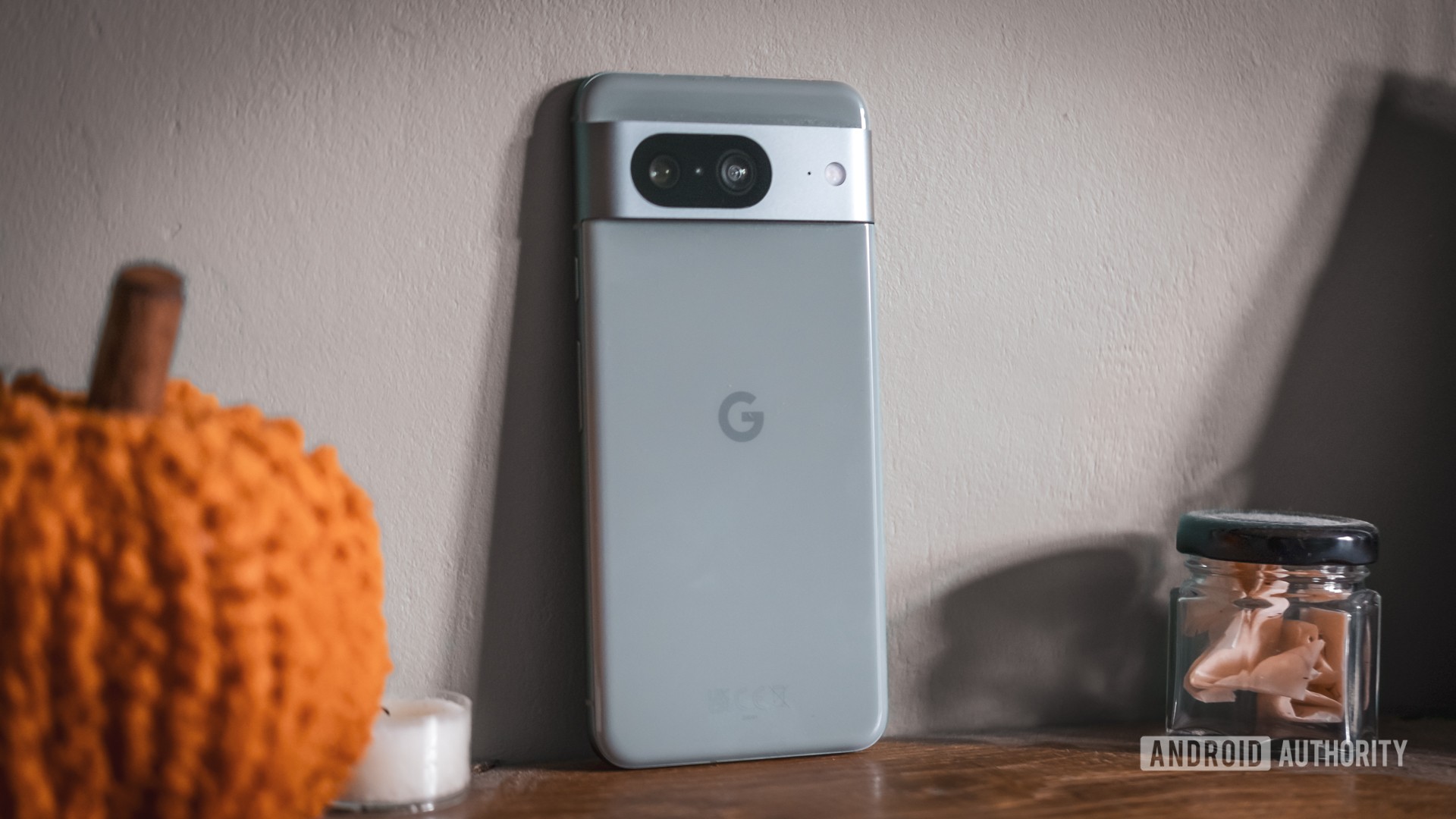
Now it’s time to get to work. You need to get that freezing phone back to average temperatures. This could be as simple as bringing the phone inside and letting it sit for a few hours while it naturally returns to a regular state.
If you can’t wait that long, you can very carefully heat the device by placing it near a warm surface. This could be putting it into your pocket, laying it near (but not on) a radiator, or leaving it on your car’s dash while the heater pushes hot air.
Be careful, though: you should never put the phone in an oven or a microwave, and you should never place it on or near something incredibly hot, such as an electric hot plate or stove. You want the device to get a little warm, not cooked. Additionally, you want the phone to warm up slowly.
Extreme temperature changes can make parts crack, especially screens. The screen isn’t the only part you should worry about, though. Internals are also cold, and those parts cracking can mean a much bigger problem.
Please turn it on once the phone warms up and you know it’s dry. The battery might be at the same level it would have been before it got so cold. If it’s not, feel free to plug it in and charge it up as usual.
Why does the cold drain the battery?
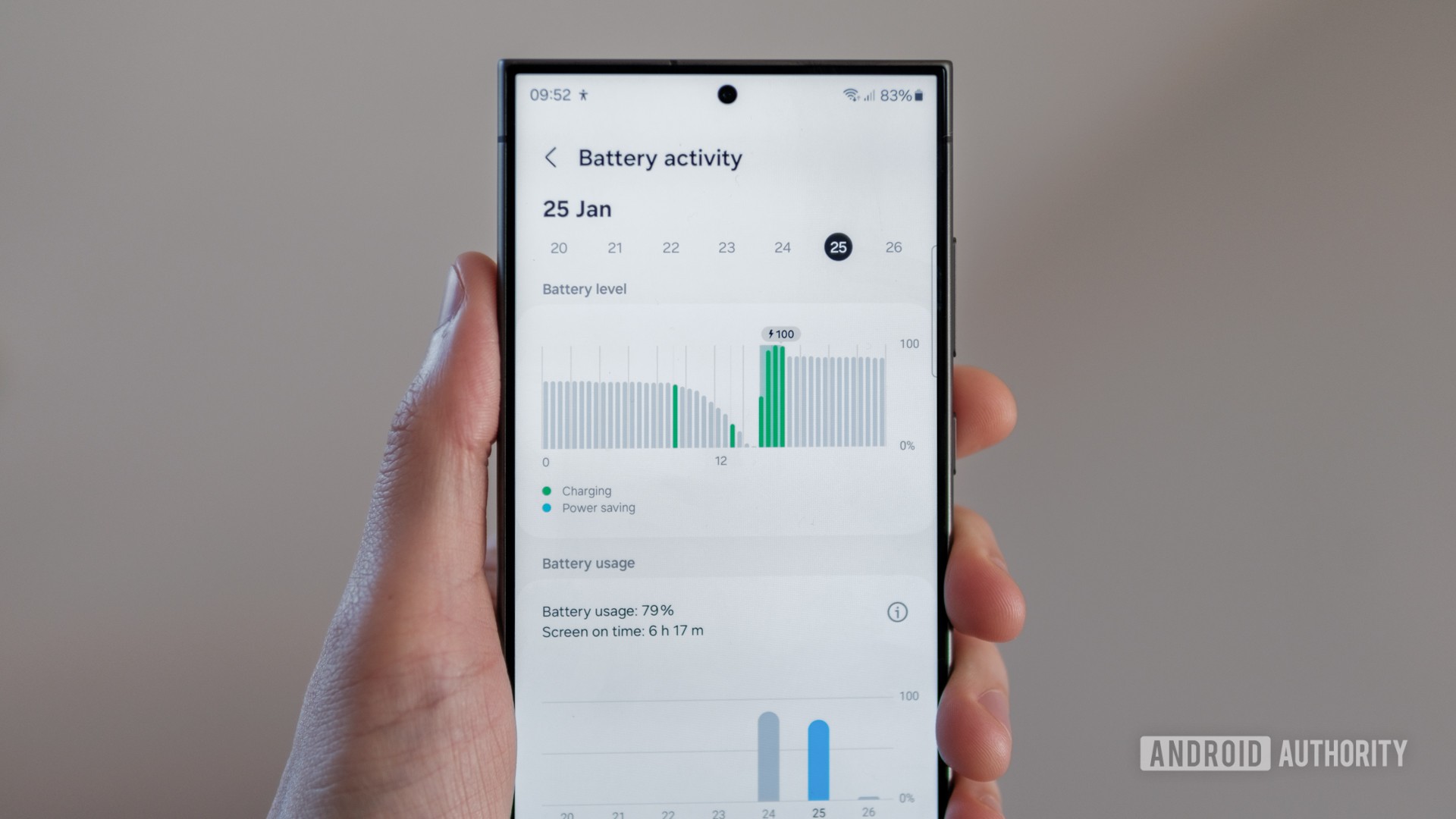
Interestingly, scientists don’t quite understand why this happens. The science is clear that incredibly cold temperatures drain lithium-ion batteries very quickly, but the reasons why are still somewhat mysterious. We know that lithium-ion batteries rely on chemical reactions to charge, hold that charge, and then release that charge, and the cold slows these reactions.
Each smartphone battery has two sections: the anode and the cathode. When the battery is fully charged, lithium ions are embedded in porous graphite located in the anode, and when it’s drained, the ions are on the opposite end in the cathode. Electricity is produced when individual lithium ions flow from the anode to the cathode.
For some reason, when lithium-ion batteries are placed in cold temperatures, the chemical reaction produced by the movement of the lithium ions slows to a crawl — or even stops altogether. The smartphone senses that the battery no longer produces a charge and drops the charge meter to 1% or even 0%. If enough time passes, the phone will shut off.
If you try to charge the phone while it’s in this state, the reactions still won’t happen because the battery is still too cold. In fact, this new introduction of electric current could cause problems for the battery.
Only when the battery reaches a warmer temperature will the lithium ions move as usual. Then, everything will once again work as expected. This is why a cold battery can go from empty to full again just by warming up: the lithium ions (i.e., the amount of battery charge) didn’t fully move from one end of the battery to the other; they just stopped moving.
Keep this in mind next time you are in a cold place! Try to keep your smartphone warm.
FAQs
This is a widely known issue with lithium-ion batteries, which are what most devices use. The short answer is that these batteries need chemical reactions to charge and operate. Extreme cold temperatures will slow, and sometimes stop, these reactions.
Rice is very dry, and good at absorbing moisture in its surroundings. This is why it’s such a popular item for drying out electronics. That said, using rice isn’t recommended, as it has particles that could affect your electronics. That said, there are other things you can use, like silica gel packets.
It’s already established that extremely cold temperatures can affect your battery’s operation. As for the rest of the phone, it depends on the situation. If the device is in direct contact with snow, it can also be prone to water damage. Snow turns into water, after all. And water can also vaporize, which means it can sip into devices. It’s best to ensure a device is completely dry before turning it on.
Batteries operate at an optimal level somewhere between 20 to 30 degrees Celsius. However, you should have some wiggle room if it gets colder. Batteries should stop operating entirely if they hit about -40 degrees Celsius. That said, a phone’s battery doesn’t need to reach such temperatures to be affected by the cold. You will notice degraded performance before reaching that level.